How to design an energising garden - turn your outdoor space into the ultimate recharging zone
Pro tips for creating an uplifting outdoor space
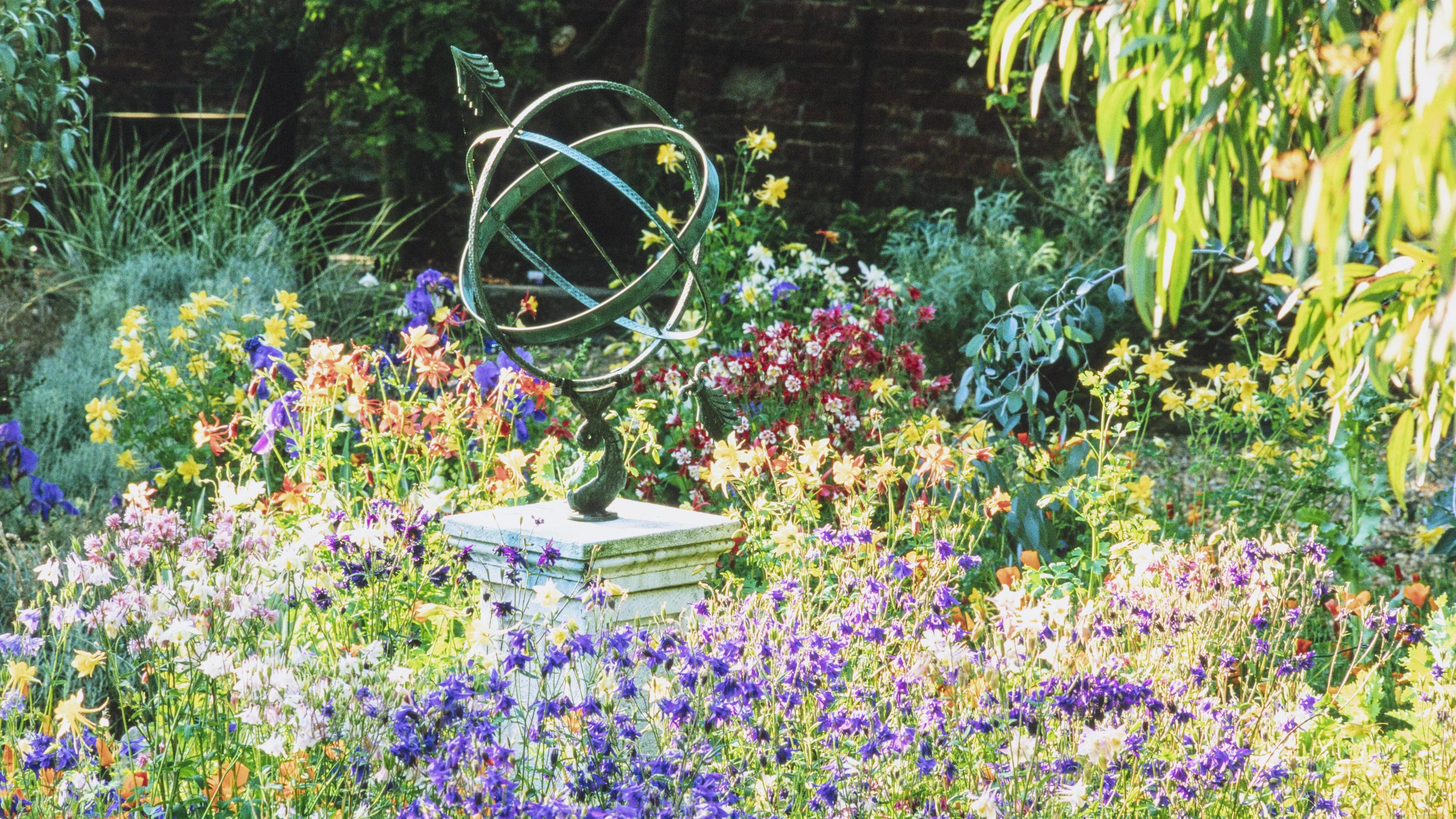


We know that gardens are good for our wellbeing. From the benefits of nature to the effects of sunlight on our mood, there are countless scientific studies to prove what we instinctively know – that spending time outdoors makes us feel better.
Often, that feelgood vibe is associated with calm gardens, Zen gardens and healing gardens – where the planting and design create a tranquil outdoor oasis. But wellbeing isn't just about calming us down; sometimes we want a boost, to feel more vibrant and alive. And that's where energising gardens come in.
How to design an energising garden
Just as choosing happy colours for your decorating can make your interiors more uplifting, or selecting scents to wake you up in the morning can give your day a boost, picking brightly-hued plants and fragrant blooms can give vitality to your outdoor space.
We spoke to experts to discover more secrets to designing an energising garden.
1. Create a sense of surprise
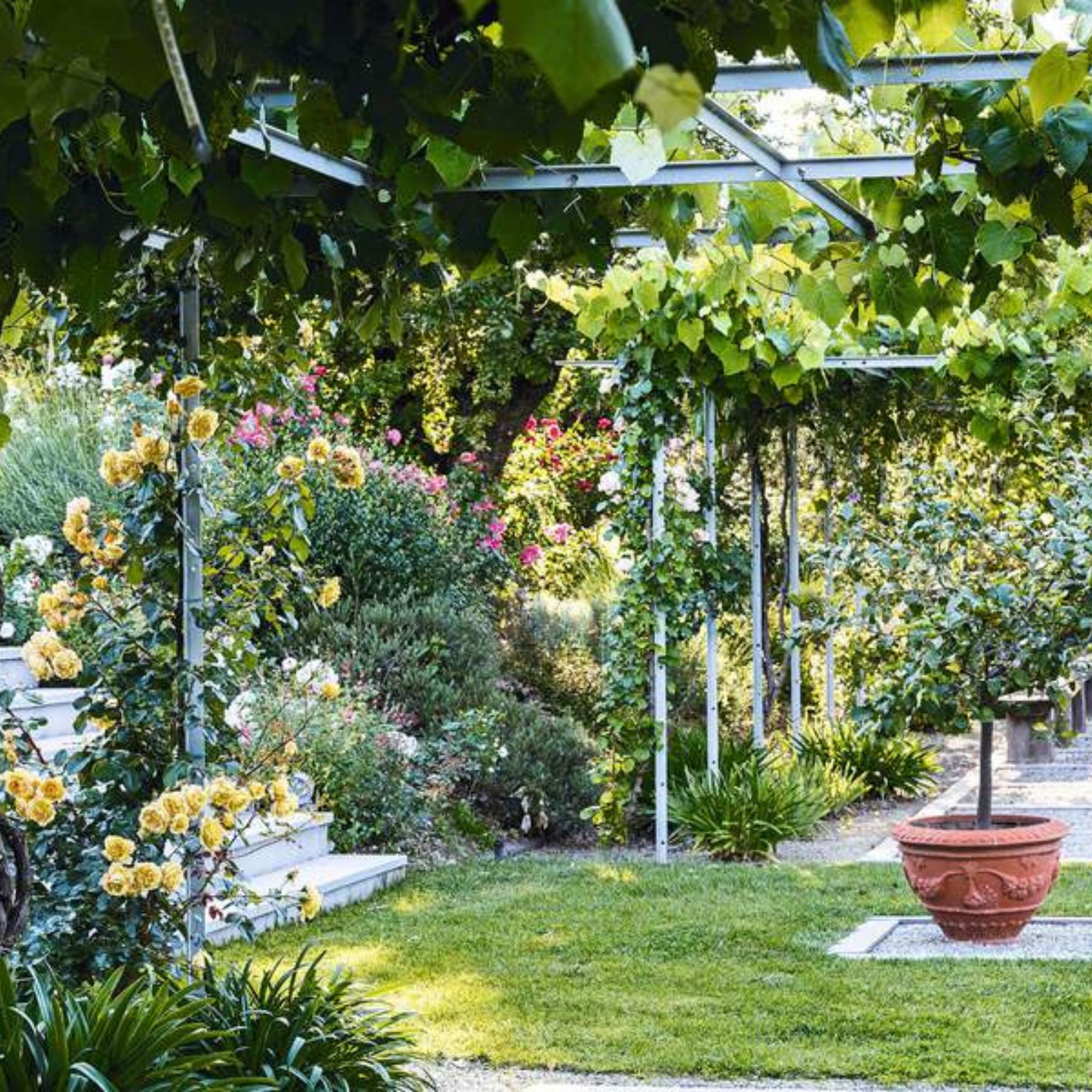
There's nothing that says 'blah' like a garden you can see all in one go – it's the mystery of not knowing what's around a corner or on the other side of a flower bed that makes our gardens feel more interesting and dynamic.
'Make sure you have plenty of surprises – paths, hedges, arches, pergolas, statues or large pots can give a element of surprise to even the smallest space and ensures you don't experience the garden all at once,' explains Bridget Saunders, co-founder of The Garden House in Brighton, a former derelict market garden that has been restored and now offers garden courses and visits.
'When we open for the National Garden Scheme, you hear the delight from people discovering a "secret" garden behind a row of terraced houses.'
Get the Ideal Home Newsletter
Sign up to our newsletter for style and decor inspiration, house makeovers, project advice and more.
2. Pick an energising plant palette
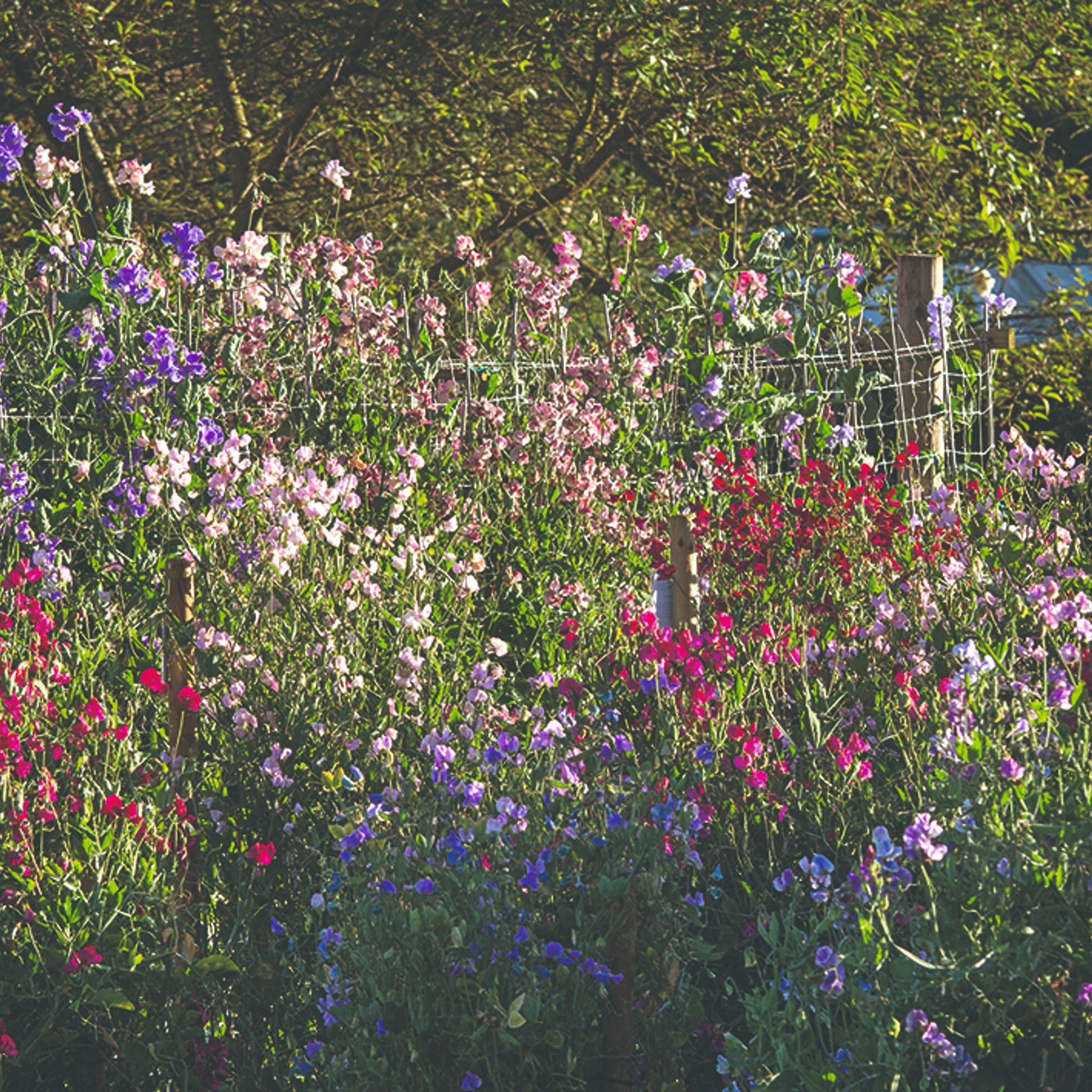
Invigorating, feelgood gardens use plants colours as a pick-me-up – think dopamine brights colour-drenched across your garden borders.
'Colour is an essential way to create a garden full of energy and life. The key is to avoid a busy liquorice all-sorts look, where all colours are thrown together fighting for the limelight,' says plant expert, Sarah Raven.
'Separating your colour palettes to create different atmospheres in your outside space can be an effective approach. A rich family of colours like deep brown, copper, and deep purple offer an earthy yet refined look – I often think of these as the velvet colours you want to wrap yourself in,' she says.
'Alternatively, the "boiled sweet" palette of bright and brilliant colours, such as strawberry red, vivid orange, zingy lemon and lime, can bring uplifting and invigorating energy. To avoid too much razzamatazz in the garden, you should only select complementary or contrasting colours and stick to them.'
Take a look at the colour wheel to help you decide which colours will work best together in your garden.
3. Add a playful water feature
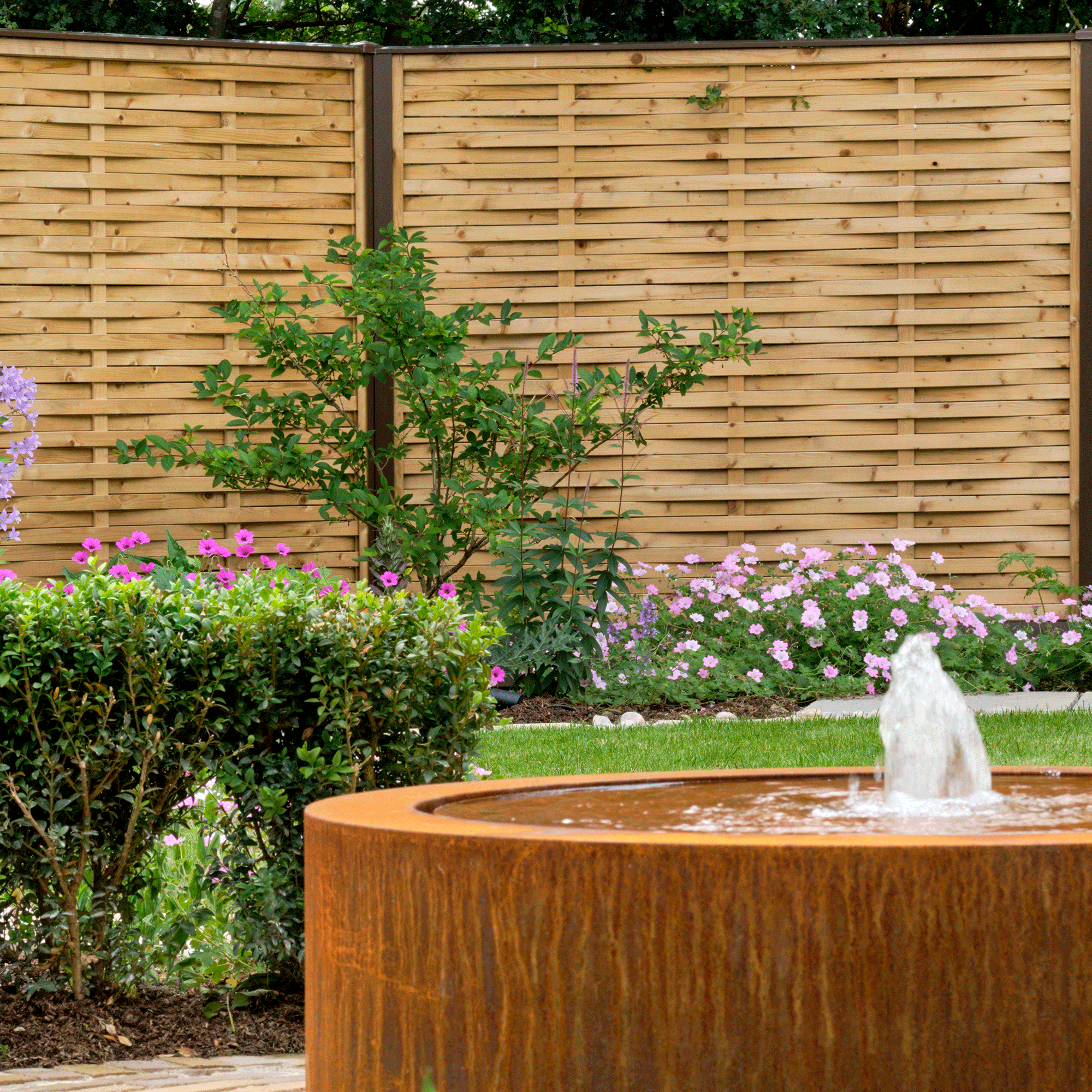
A still and tranquil pool can be a mindful feature of a wellbeing garden, where its reflective surface can promote a restful mood. But if you want a more energising effect in your garden, then look for a water feature idea where the sound, movement and sparkle of water all play their part.
'One of the more popular ways of introducing a playful, captivating feature into a garden is by positioning a water feature,' says Travers Nettleton, founder of Garden Art Plus.
'The intriguing interaction of light on falling water and a gentle background trickle can engage and absorb the onlooker while offering a pleasing addition to the look of the garden.'
You can easily convert a pond or still water feature already in your garden with something like the smart solar pond water pump, available for £79.99 at Very.co.uk.
4. Building a buzz with pollinators
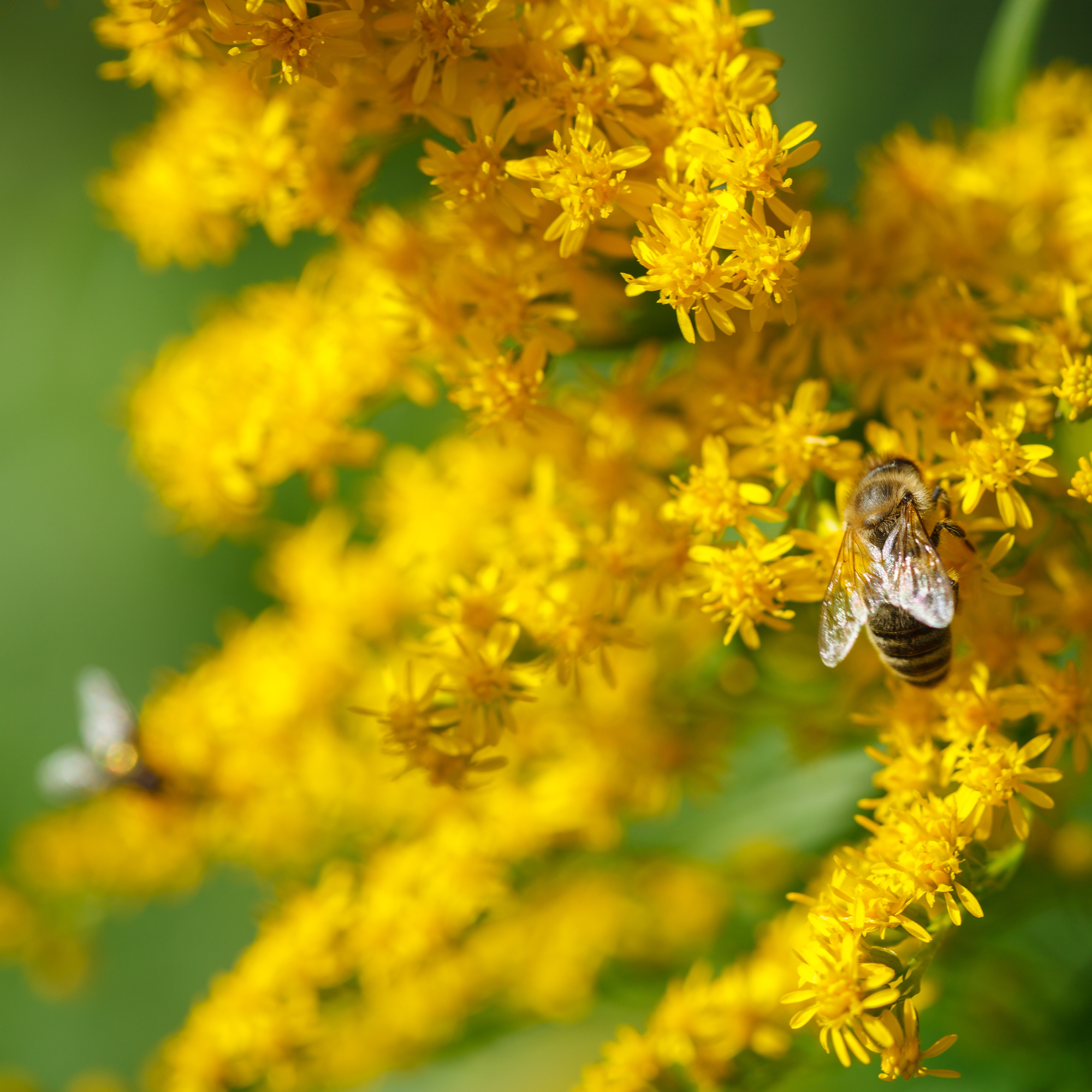
An energising garden needs lots of life in it – and not just of the plant variety.
'A garden thriving with pollinators and wildlife is energising and an important way to bring your space to life. A truly energised garden should have a healthy and abundant ecosystem,' claims Sarah Raven.
'Gardens with diverse plant species attract a wide range of insects, birds and other wildlife that contribute to pollination, seed dispersal and pest control.
'Bees play such an important role in a healthy and thriving garden, so you should have plenty of pollinator-friendly plants and flowers in your outside space. Providing shelter and water will help you to create a bee-friendly garden, as they need plenty to drink and somewhere safe to rest.'
5. Energise your mood with fragrant plants
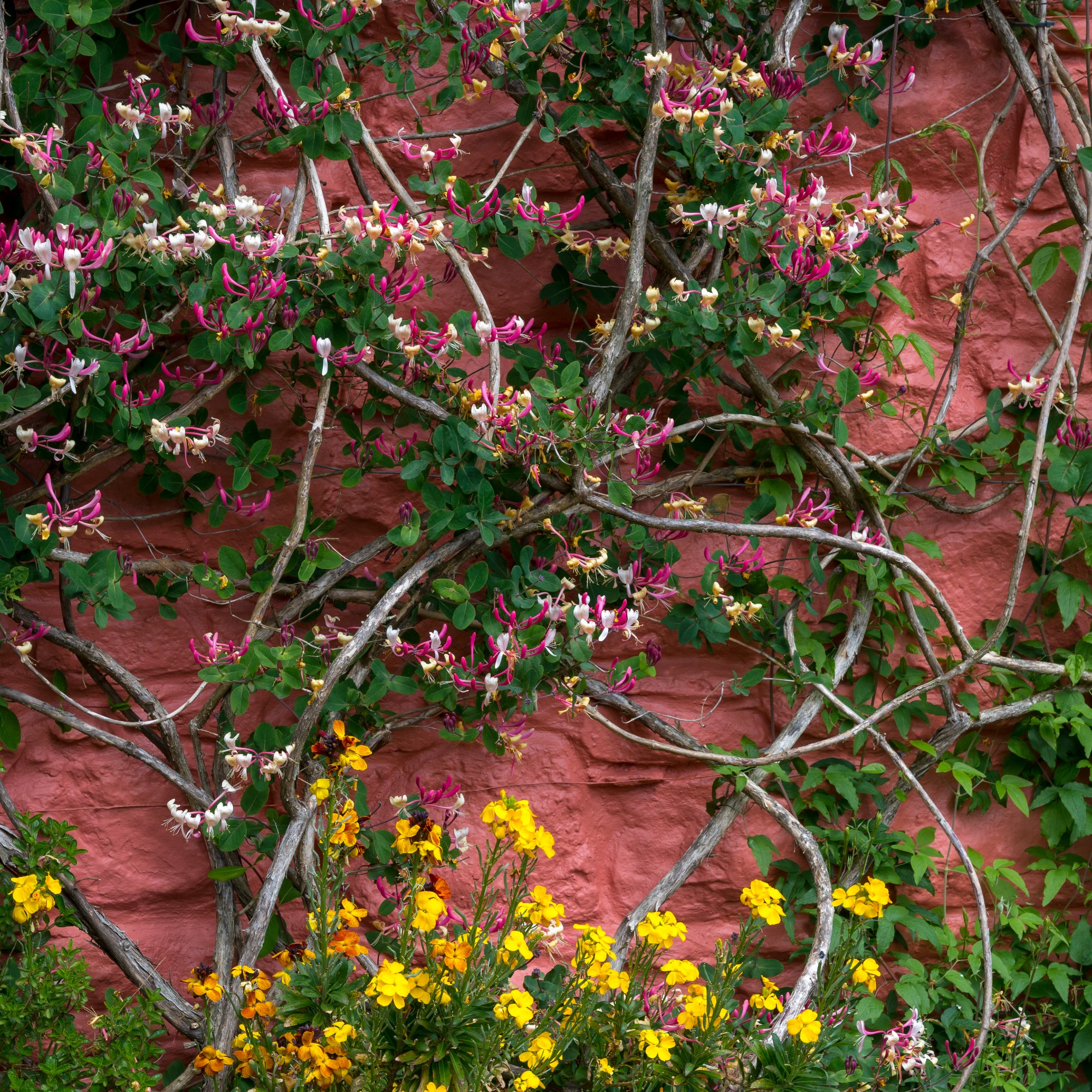
'Scent is also a important factor in an energising garden,' confirms Bridget Saunders from The Garden House, which has a wide range of fragrant plants in its beds and borders.
When you're planning a garden with all-year interest, don't forget to factor in scented plants to uplift you through the seasons. When creating a fragrant garden bulbs, blossom and lilac flowers will fill your garden with scent in the springtime. Roses, sweet peas and lavender bring a fragrance fest in summer. Autumn-scented options include Nicotiana, mint and Daphne. While winter-flowering jasmine and honeysuckle will enliven the colder months.
6. Bring in birdlife
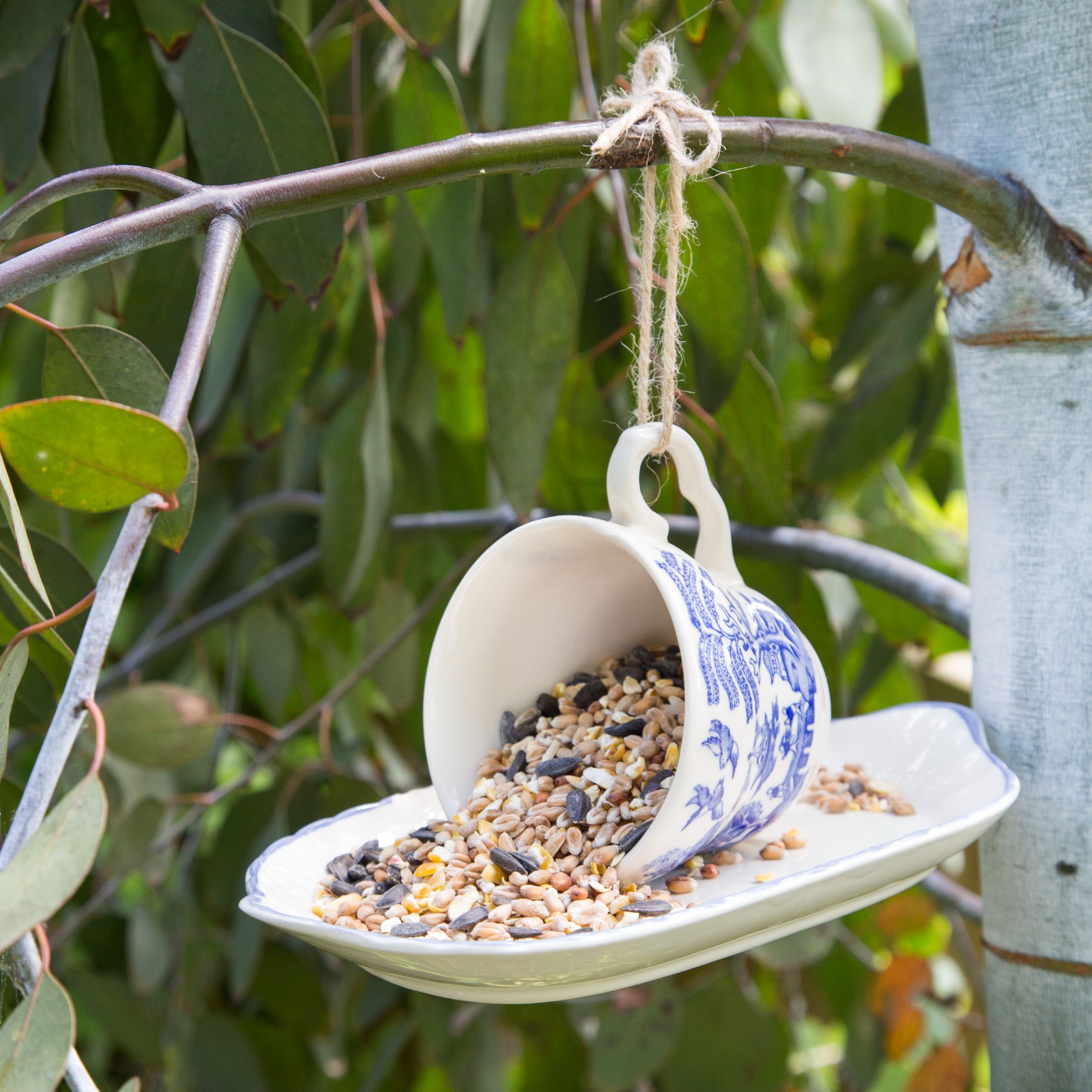
There’s nothing like birdsong to energise and revitalise your outside space. But if you want the birds, you'll need to tempt them with lots of bugs.
'Parent finches and tits need to feed their young protein-rich forage, so are always on the lookout for caterpillars, small slugs and even snails, as well as aphids in all shapes and sizes,' says Sarah Raven.
'Insect patches in the corner of a garden are brilliant, using a few pots in a sunny spot to create a wildlife haven that makes it easy for birds to source food.'
Consider building a bug hotel to attract insects. Alternative you can invest in an RSPB-approved bird feeder to directly attract birds to your outdoor space.
7. Champion diversity in your plot
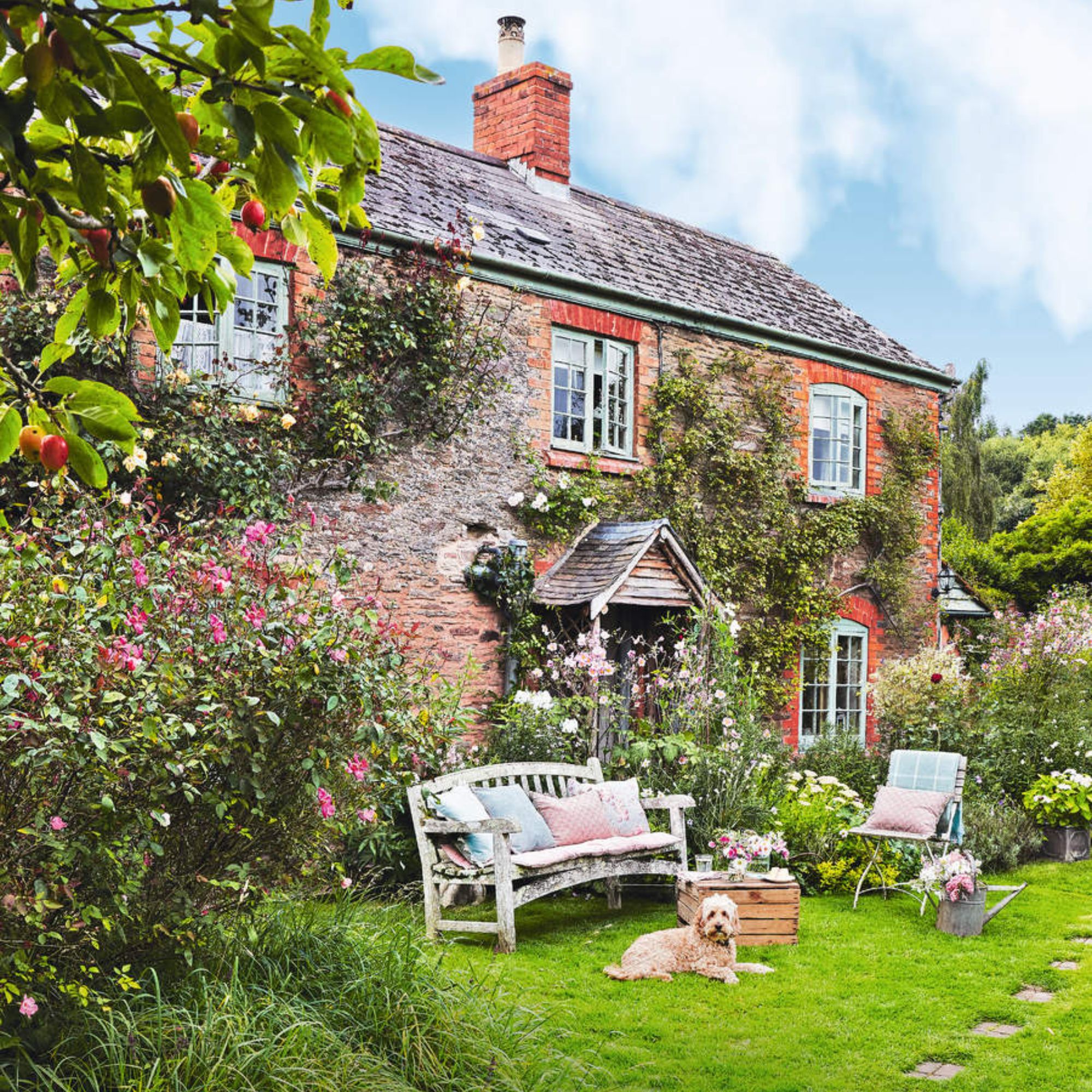
A great room scheme has points of interest that attract our attention – a brilliant combo of colourful cushions, a curated display, a standout vase, or a talking point feature wall. Our gardens are no different. They need a range of features, a spectrum of colours, focal points to attract the eye, and plants in different scales, colours and shapes.
'Gardens should be as diverse as possible in the plants that we grow,' agrees Bridget Saunders from The Garden House. 'We try to grow as many different species as possible as this attracts a wide variety of pollinators. We also welcome the use of repurposed materials which always gets a vote from visitors and creates an energetic display in the garden.'
8. Add power-pops with pots

We all know the dopamine boost of wearing a colourful jacket or the perfect pink sofa in your living room. And we can get that same energising pop of positivity in our gardens, too.
'I love the impact that a single plant in multiple pots creates,' says Sarah Raven. 'Placing the pots in a prominent corner packs a real punch, energising otherwise dull areas. This works best if you choose a showy form, such as the lipstick-red tulip Pretty Woman.'
Try these ideas and create your own energising garden, so you can boost your mood and vitality every time you step outside your back door.

Andrea began her journalism career at Ideal Home and is currently Editor of our sister title, Country Homes & Interiors, which celebrates modern country style. Andrea is passionate about colour and how it can transform both our homes and our sense of wellbeing, and has completed The Power of Colour course with the prestigious KLC School of Design. Andrea's career spans interiors magazines, women's lifestyle titles and newspapers. After her first job at Ideal Home, she moved on to women's magazines, Options and Frank. From there it was on to the launch of Red magazine, where she stayed for 10 years and became Assistant Editor. She then shifted into freelancing, and spent 14 years writing for everyone from The Telegraph to The Sunday Times, Livingetc, Stylist and Woman & Home. She was then offered the job as Editor of Country Homes & Interiors, and now combines that role with writing for idealhome.co.uk.
-
 5 signs you’ve taken decluttering too far — and how you can pull yourself back, according to organisation experts
5 signs you’ve taken decluttering too far — and how you can pull yourself back, according to organisation expertsYou might have to start resisting the urge to purge
By Lauren Bradbury
-
 What is the Party Wall Act 3m rule and is it something you should be worried about? This is what the experts say
What is the Party Wall Act 3m rule and is it something you should be worried about? This is what the experts sayDon't get caught off-guard by the Party Wall Act 3m rule — our expert guide is a must-read
By Natasha Brinsmead
-
 Shoppers can’t get enough of The Range’s lemon tree, but I’ve found an even cheaper bestseller at B&Q - it’s perfect for a Mediterranean look
Shoppers can’t get enough of The Range’s lemon tree, but I’ve found an even cheaper bestseller at B&Q - it’s perfect for a Mediterranean lookWelcome the summer with this glorious fruit tree
By Kezia Reynolds
-
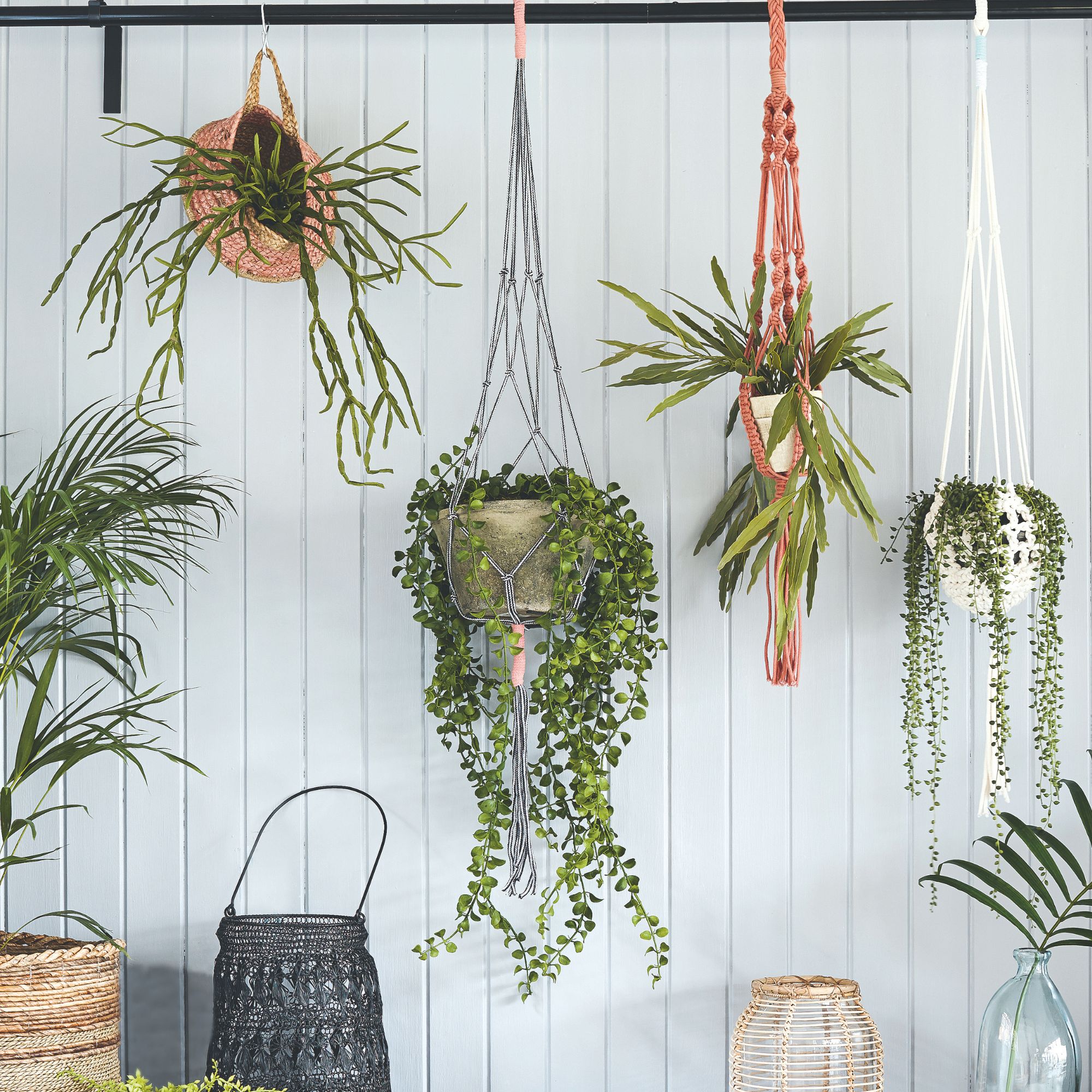
 The 'magic number' for how many houseplant you need in your home to improve air quality, according to NASA scientists
The 'magic number' for how many houseplant you need in your home to improve air quality, according to NASA scientistsThe exact number of house plants you need to enjoy purer air...
By Kayleigh Dray
-
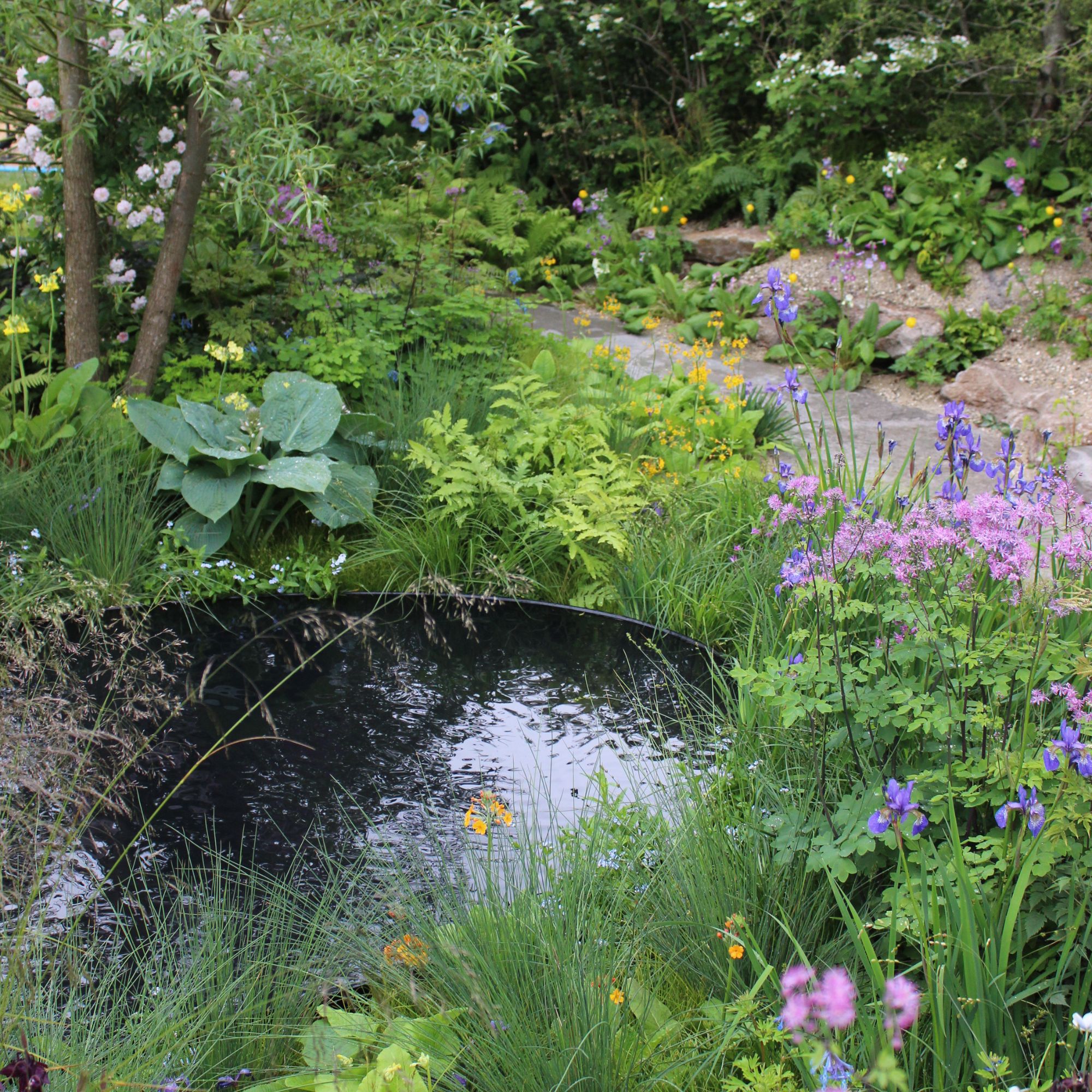 How to soundscape a garden – 8 ways to create a peaceful sanctuary
How to soundscape a garden – 8 ways to create a peaceful sanctuaryWhether you're looking to mask noises from a neighbouring road or property or simply want to create some relaxing vibes, here's how...
By Ellis Cochrane
-
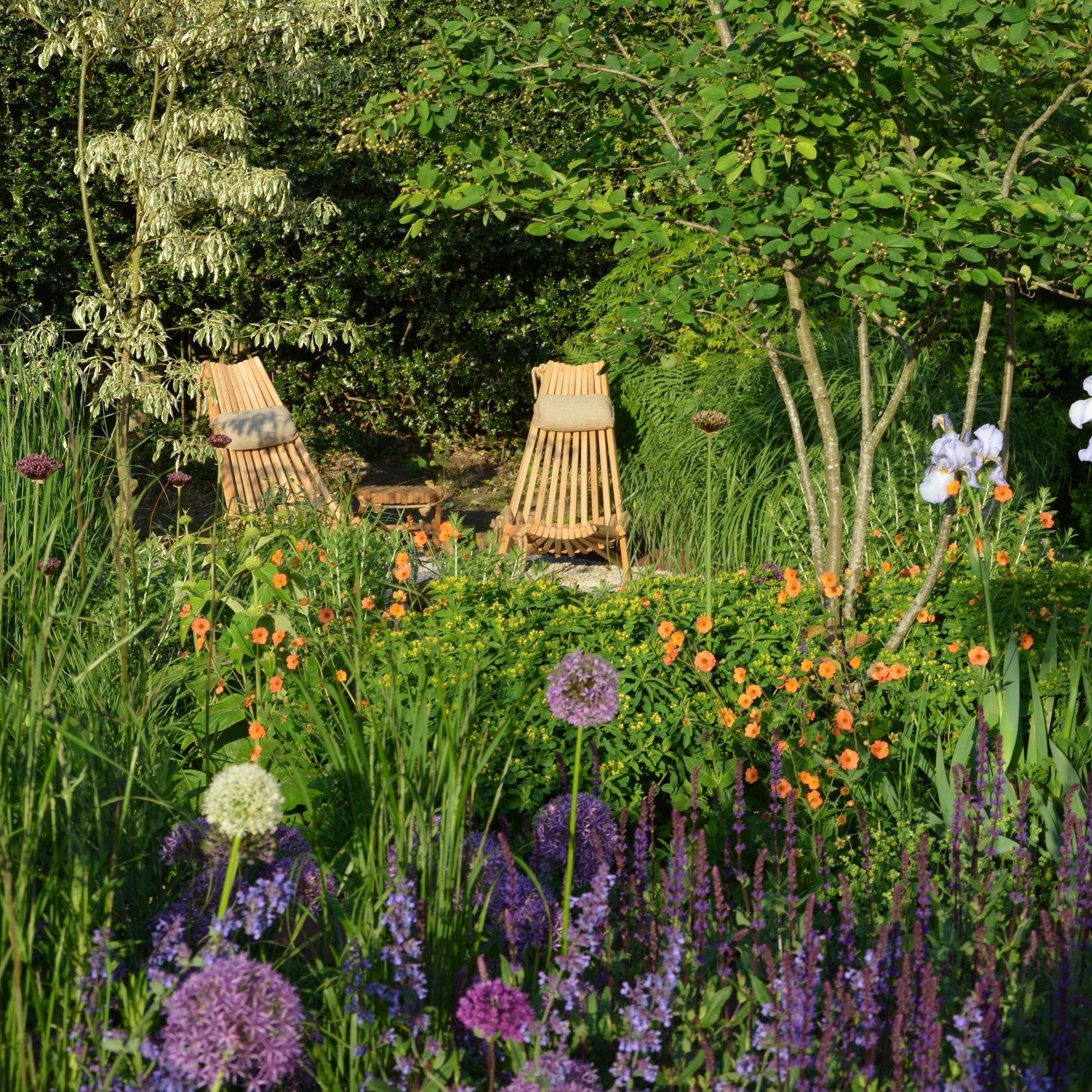
 10 outdoor reading nook ideas that will inspire you to carve out a quiet retreat in your garden
10 outdoor reading nook ideas that will inspire you to carve out a quiet retreat in your gardenMake the space to dive into a good book with one of these serene outdoor reading nook ideas
By Amy Hodge
-
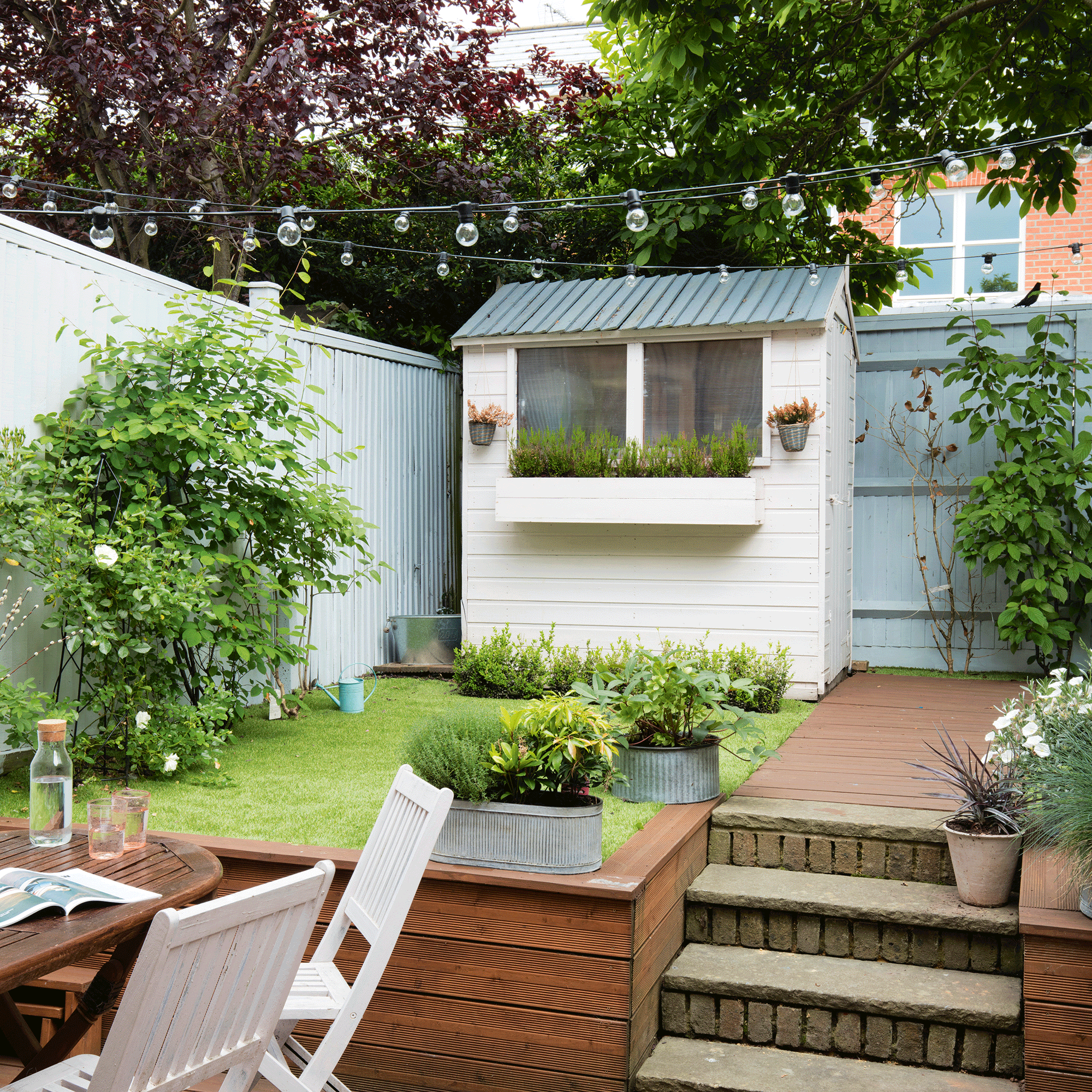
 How to use feng shui for gardens to create a peaceful and harmonious outdoor oasis
How to use feng shui for gardens to create a peaceful and harmonious outdoor oasis10 simple ways to design your outdoor space with feng shui in mind
By Ellis Cochrane
-
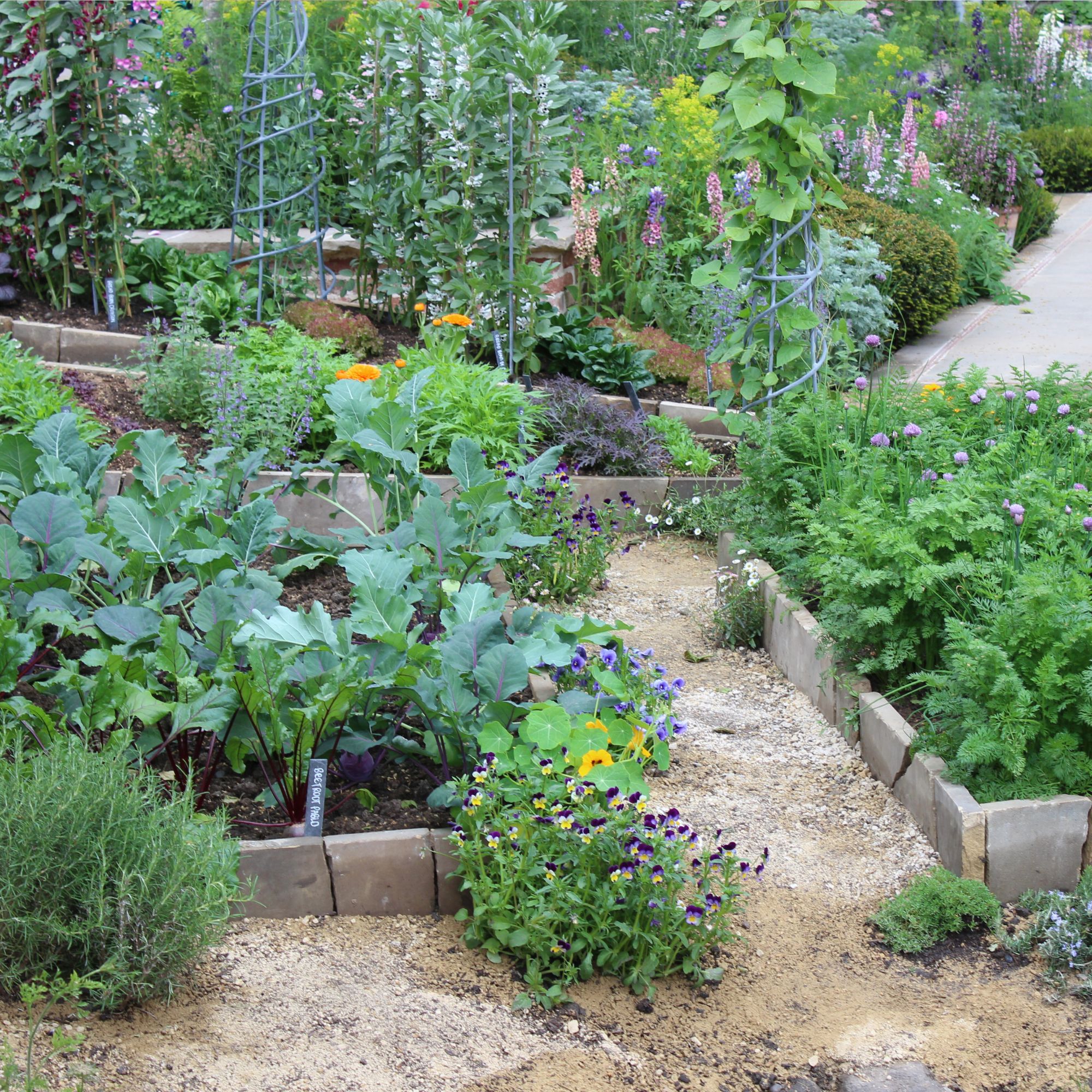
 10 superfoods you can grow easily at home - boost the health benefits of your vegetable patch
10 superfoods you can grow easily at home - boost the health benefits of your vegetable patchSave your money and grow your own super healthy produce at home
By Jayne Dowle
-
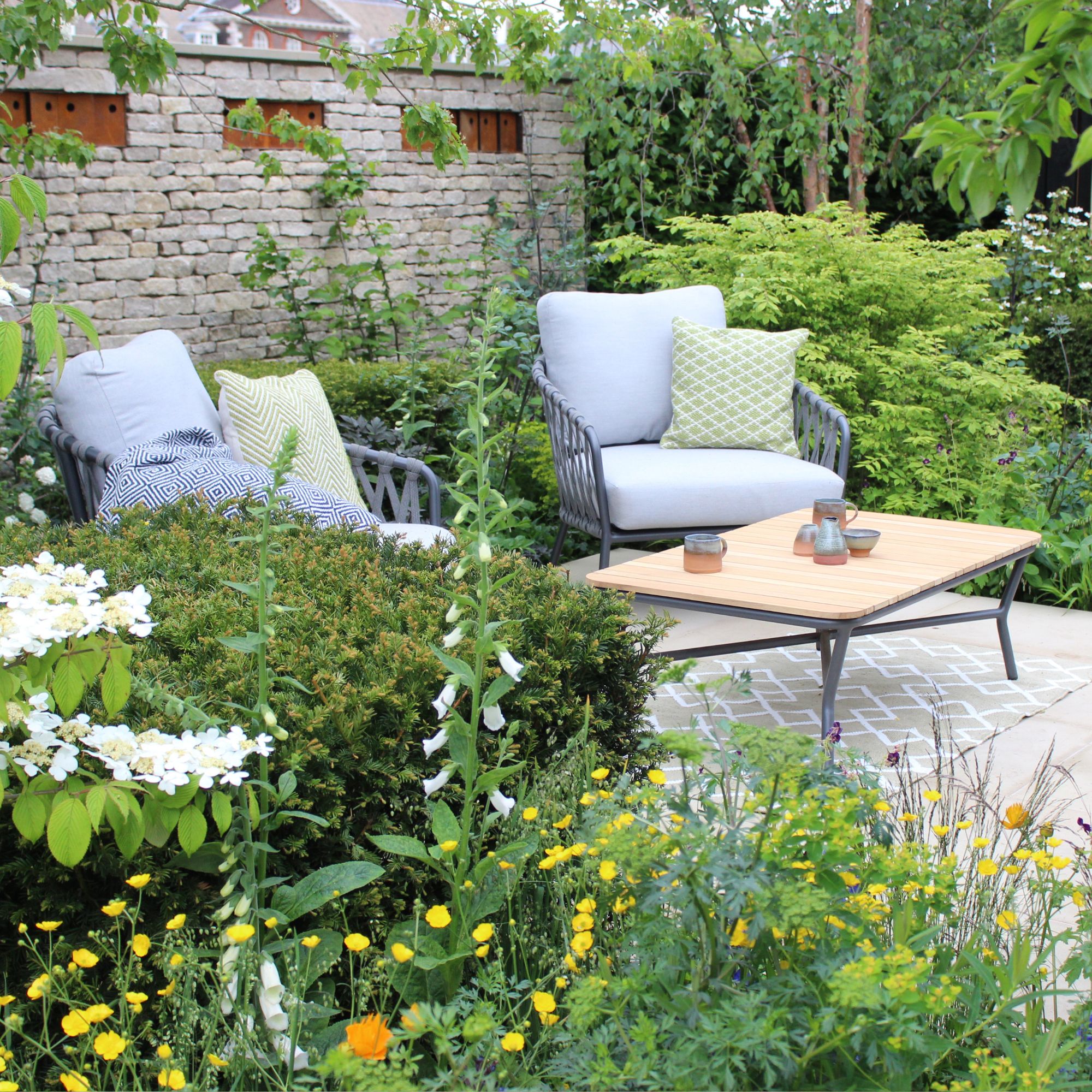
 6 scented plants proven to help you relax - turn your garden into a calming and fragrant oasis
6 scented plants proven to help you relax - turn your garden into a calming and fragrant oasisTurbo-charge the relaxing powers of your garden with these scent plants
By Rebecca Knight
-
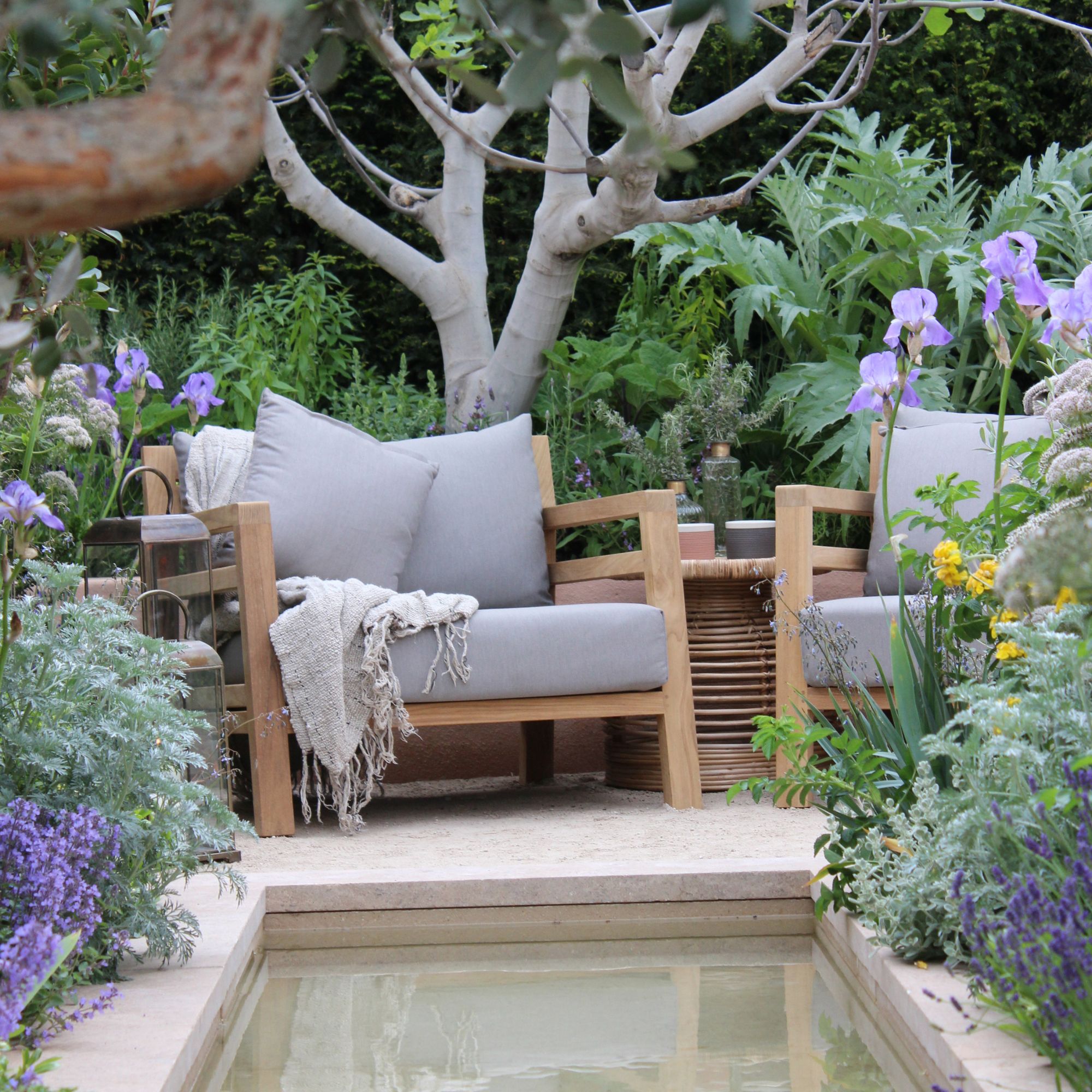
 How to make a garden smell nice – six ways to create a fragrant garden
How to make a garden smell nice – six ways to create a fragrant gardenGarden designers share how they curate a fragrant outdoor space
By Jayne Dowle
-
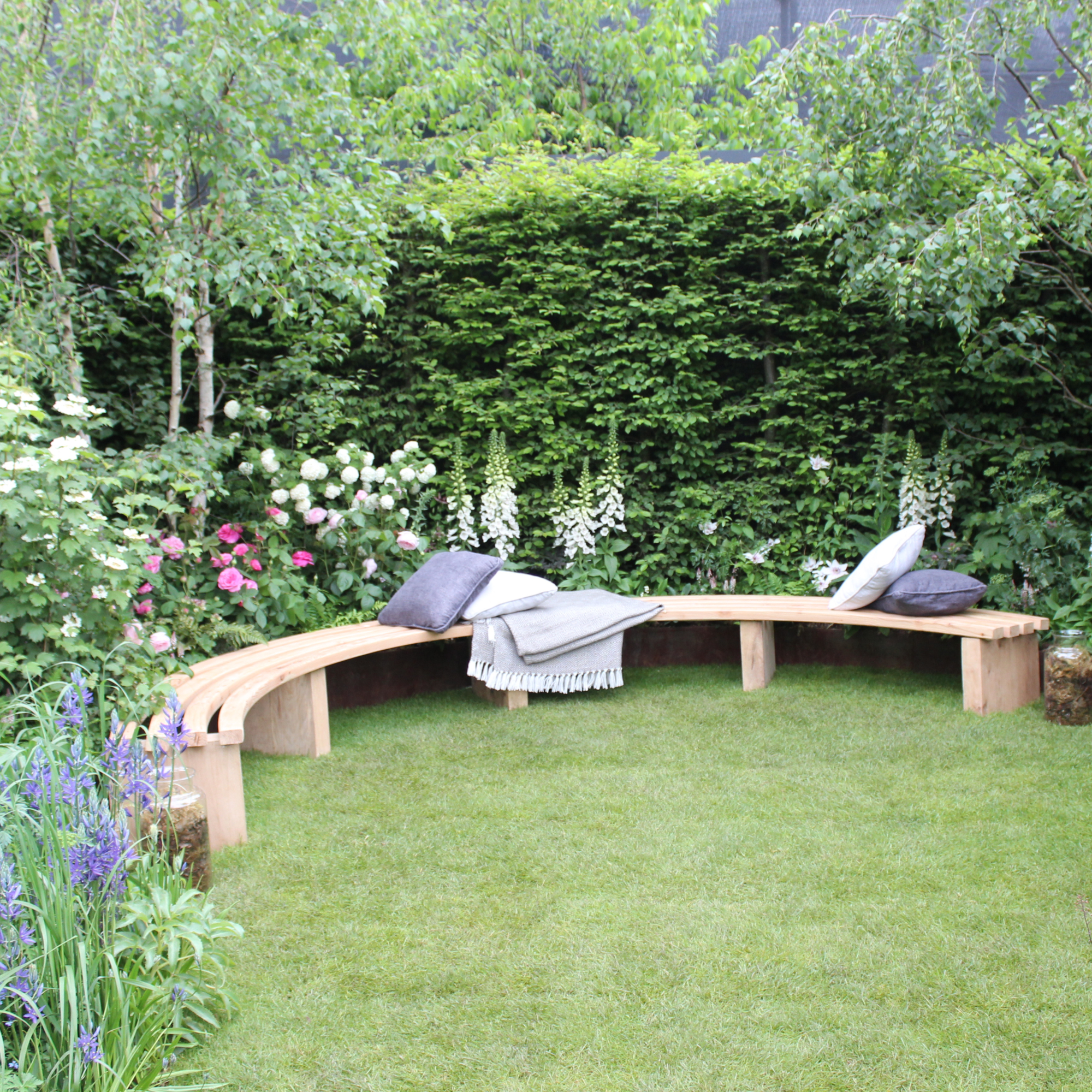
 What is mindful gardening? The calming practice to introduce into your weekend routine
What is mindful gardening? The calming practice to introduce into your weekend routineForget meditation, mindful gardening is the way to get your garden under control and find a little inner peace
By Jayne Dowle